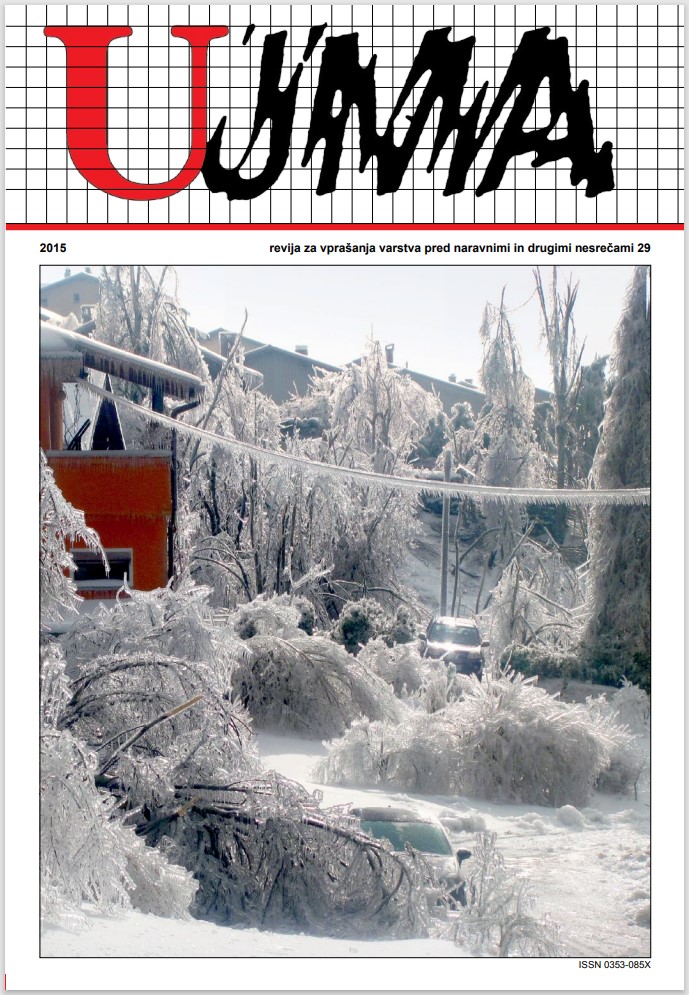PHARMACEUTICALS – NEW POLLUTANTS AND CAVITATION AS A BIOLOGICAL TREATMENT UPGRADE
Abstract
Nowadays, pharmaceuticals used in human and veterinary medicine, livestock and fish farming are considered as pollutants. Due to a steady increase in their production and usage, their impact on the environment is on the rise. However, the effects of pharmaceuticals remain poorly researched despite their potentially negative impact on the organisms in the environment, especially in the case of long-term exposure. As conventional (biological) wastewater treatment plants, from which most of the pharmaceutical residues enter the environment, are hardly sufficient, considerable efforts go into the development of new technologies for more effective wastewater treatment. Hydrodynamic cavitation is a potential alternative method of wastewater treatment. Cavitation, which is described as a physical phenomenon, where water vaporizes at constant temperature, is used as a tool for the removal of pharmaceuticals. By exploiting the extreme conditions occurring during this phenomenon this study achieved very good results in extensive removal of six selected pharmaceuticals (ibuprofen, naproxen, ketoprofen, carbamazepine, diclofenac and clofibrid acid).
References
Petkovšek, M., Šarc, A., Dular, M., Širok, B., 2013. Kavitacija kot alternativa za odstranjevanje bakterije Legionele – tihe nevarnosti v vodovodnih sistemih. Ujma 27 (2013) 159–164.
Oaks s sodelavci, 2004. Diclofenac residues as the cause of vulture population decline in Pakistan. Nature 427 (2004) 630–633.
Zupanc, M., 2013. Odstranjevanje ostankov zdravilnih učinkovin iz odpadnih vod z biološkimi in naprednimi oksidacijskimi procesi. Doktorska disertacija (Mednarodna podiplomska šola Jožef Stefan), Ljubljana, 2013.
Direktiva 2000/60/EC. Directive 2000/60/EC of the European Parliament and of the Council - EU Water Framework Directive. Official Journal of the European Communities L 327, 1–72 (2000).
Zupanc, M., Kosjek, T., Petkovšek, M., Dular, M., Kompare, B. , Širok, B., Blažeka, Ž., Heath, E., 2013. Removal of pharmaceuticals from wastewater by biological processes, hydrodynamic cavitation and UV treatment. Ultrasonic Sonochemistry 20 (2013) 1104–1112.
Zupanc, M., Kosjek, T., Petkovšek, M., Dular, M., Kompare, B., Širok, B., Stražar, M., Heath, E., 2014. Shear-induced hydrodynamic cavitation as a tool for pharmaceutical micropollutants removal from urban wastewater. Ultrasonic Sonochemistry 21 (2014) 1213–1221.
Petkovšek, M., Zupanc, M., Dular, M., Kosjek, T., Heath, E., Kompare, B., Širok, B., 2013. Rotation generator of hydrodynamic cavitation for water treatment. Separation and Purification Technology 118 (2013) 415–423.
Downloads
Published
Issue
Section
License

This work is licensed under a Creative Commons Attribution-NonCommercial-NoDerivatives 4.0 International License.
The articles are made available to the public under Creative Commons Attribution-NonCommercial-NoDerivatives 4.0 International (CC BY-NC-ND 4.0).


